Vladimir Podolskiy
IAD: Indirect Anomalous VMMs Detection in the Cloud-based Environment
Nov 22, 2021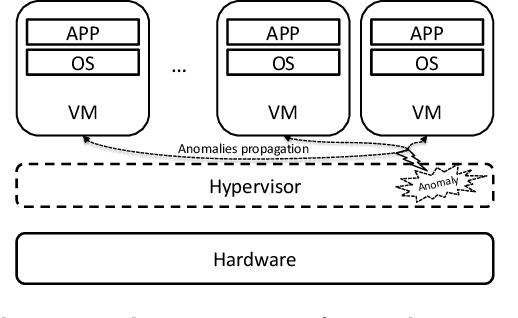
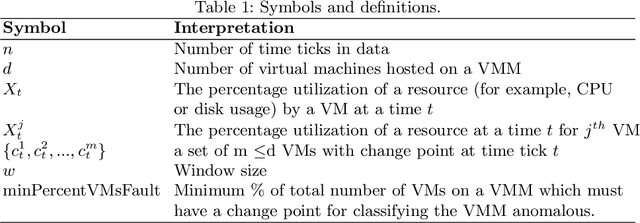
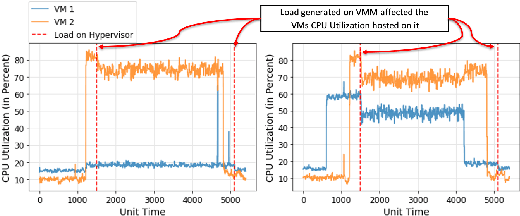
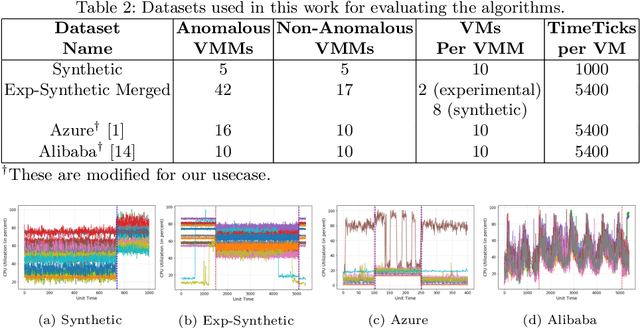
Abstract:Server virtualization in the form of virtual machines (VMs) with the use of a hypervisor or a Virtual Machine Monitor (VMM) is an essential part of cloud computing technology to provide infrastructure-as-a-service (IaaS). A fault or an anomaly in the VMM can propagate to the VMs hosted on it and ultimately affect the availability and reliability of the applications running on those VMs. Therefore, identifying and eventually resolving it quickly is highly important. However, anomalous VMM detection is a challenge in the cloud environment since the user does not have access to the VMM. This paper addresses this challenge of anomalous VMM detection in the cloud-based environment without having any knowledge or data from VMM by introducing a novel machine learning-based algorithm called IAD: Indirect Anomalous VMMs Detection. This algorithm solely uses the VM's resources utilization data hosted on those VMMs for the anomalous VMMs detection. The developed algorithm's accuracy was tested on four datasets comprising the synthetic and real and compared against four other popular algorithms, which can also be used to the described problem. It was found that the proposed IAD algorithm has an average F1-score of 83.7% averaged across four datasets, and also outperforms other algorithms by an average F1-score of 11\%.
Online Memory Leak Detection in the Cloud-based Infrastructures
Jan 24, 2021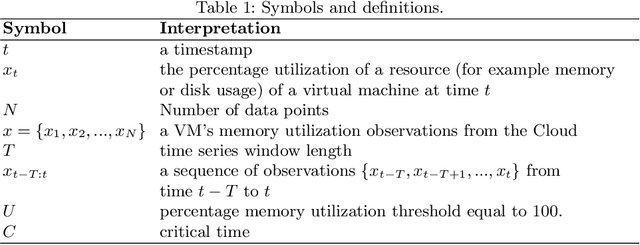
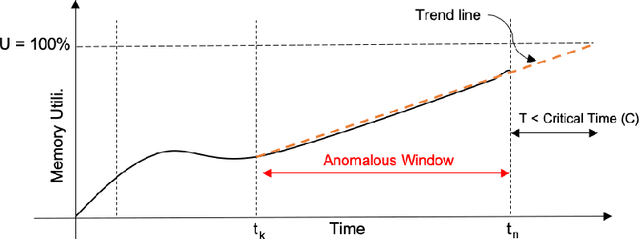
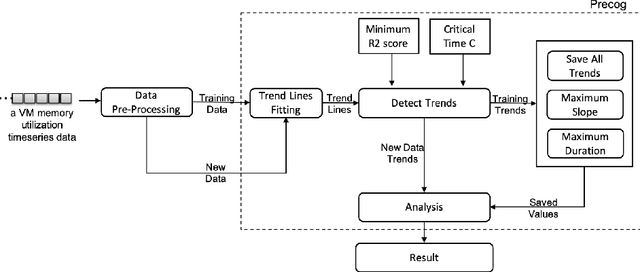
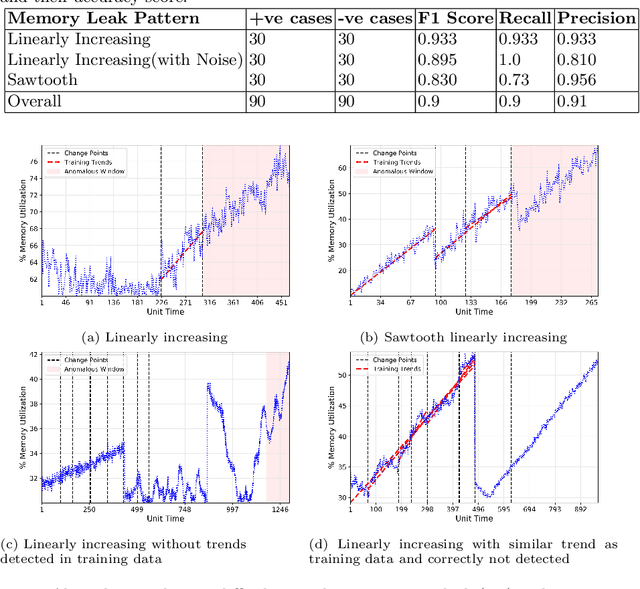
Abstract:A memory leak in an application deployed on the cloud can affect the availability and reliability of the application. Therefore, to identify and ultimately resolve it quickly is highly important. However, in the production environment running on the cloud, memory leak detection is a challenge without the knowledge of the application or its internal object allocation details. This paper addresses this challenge of online detection of memory leaks in cloud-based infrastructure without having any internal application knowledge by introducing a novel machine learning based algorithm Precog. This algorithm solely uses one metric i.e the system's memory utilization on which the application is deployed for the detection of a memory leak. The developed algorithm's accuracy was tested on 60 virtual machines manually labeled memory utilization data provided by our industry partner Huawei Munich Research Center and it was found that the proposed algorithm achieves the accuracy score of 85\% with less than half a second prediction time per virtual machine.
* 12 pages
 Add to Chrome
Add to Chrome Add to Firefox
Add to Firefox Add to Edge
Add to Edge